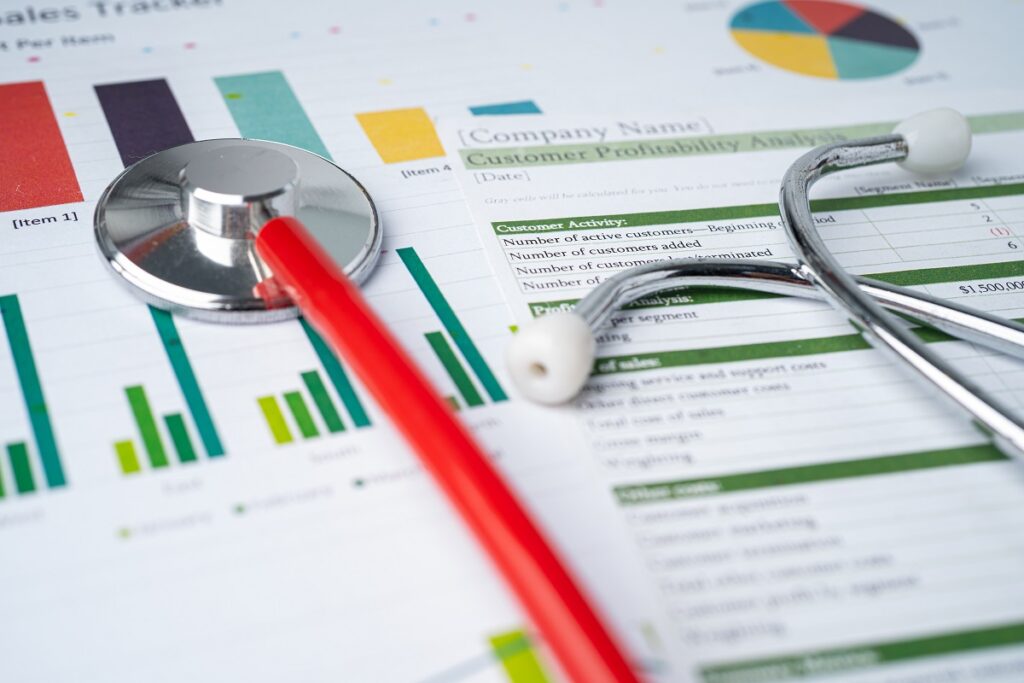The Complete Guide to Employee Benefits for USA Jobs in 2025: Trends, Insights, and What Job Seekers Need to Know
Introduction
As we approach 2025, the landscape of employee benefits in the United States is undergoing significant transformation. In today’s competitive job market, understanding the full spectrum of benefits offered with USA jobs has become just as important as evaluating salary figures. This comprehensive guide will walk you through every aspect of modern employee benefits, from traditional healthcare and retirement plans to emerging trends like student loan assistance and four-day workweeks.
For job seekers and employees alike, a thorough understanding of these benefits can mean the difference between an adequate compensation package and an exceptional one. We’ll examine how job market trends are shaping benefit offerings, what to look for when evaluating employers, and how to maximize the value of your total compensation package. Whether you’re entering the workforce, considering a career change, or preparing for salary negotiations, this guide will equip you with the knowledge needed to make informed decisions about your employment future.
The Changing Landscape of Employee Benefits

Historical Perspective on Benefits Evolution
Employee benefits in the USA have evolved dramatically since the mid-20th century. What began as simple pension plans and basic health coverage has transformed into complex, customized packages designed to attract and retain top talent. The post-pandemic era has accelerated changes in benefit offerings, with employers becoming increasingly creative in their approaches to compensation.
Current Job Market Trends Influencing Benefits
Several key factors are shaping benefit packages for 2025:
- The Tight Labor Market: With unemployment at historic lows in many sectors, companies are enhancing benefits to stand out in competitive industries. Our analysis of high-demand industries for job seekers in the USA shows which sectors are leading these changes.
- Generational Workforce Shifts: As millennials become the majority of the workforce and Gen Z enters in greater numbers, benefits like student loan repayment and mental health support are growing in importance.
- Remote Work Revolution: The normalization of hybrid and remote work arrangements has led to new benefit categories like home office stipends and co-working space memberships.
Core Components of Employee Benefits Packages
Health Insurance Offerings

Traditional Medical Coverage
Most full-time positions in the USA include some form of health insurance, typically with options for:
- PPOs (Preferred Provider Organizations): Offering flexibility in choosing healthcare providers
- HMOs (Health Maintenance Organizations): More restrictive but often lower-cost plans
- HDHPs (High Deductible Health Plans): Paired with Health Savings Accounts (HSAs)
Emerging Health Benefits
For 2025, we’re seeing growth in:
- Telemedicine Services: Expanded virtual care options
- Mental Health Coverage: Including therapy sessions and wellness apps
- Fertility and Family Planning Benefits: Covering treatments like IVF and egg freezing
Retirement and Financial Benefits

401(k) and Retirement Plans
Understanding your employer’s retirement contributions is crucial:
- Matching Contributions: Many employers match 3-6% of employee contributions.
- Vesting Schedules: How long until employer contributions are fully yours
- Roth Options: After-tax contributions that grow tax-free
Additional Financial Wellness Benefits
Progressive employers are adding:
- Student Loan Repayment Assistance: Particularly valuable for younger workers
- Financial Planning Services: Access to certified financial planners
- Emergency Savings Programs: Automatic payroll deductions into savings accounts
Time Off and Work-Life Balance Benefits

Traditional Leave Policies
Standard offerings typically include:
- Paid Time Off (PTO): Combining vacation and sick days
- Holidays: Typically 6-12 paid holidays annually
- Parental Leave: Varying significantly by employer and state
Innovative Work Arrangements
Forward-thinking companies are implementing:
- Four-Day Workweeks: Either compressed hours or reduced total hours
- Unlimited PTO: With varying degrees of actual usability
- Flexible Scheduling: Core hours with adjustable start/end times
Specialized and Emerging Benefits
Professional Development Opportunities
Career growth benefits to look for:
- Tuition Reimbursement: For job-related degrees and certifications
- Conference and Training Budgets: Annual allowances for skill development
- Leadership Development Programs: Structured paths for advancement
Lifestyle and Wellness Perks
Increasingly popular offerings include:
- Gym Memberships/Wellness Stipends: Often 500−1,000 annually
- Meditation and Mindfulness Apps: Company-paid subscriptions
- Nutrition Counseling: Access to dietitians and meal planning services
Evaluating and Comparing Benefit Packages
Calculating Total Compensation
To properly compare job offers:
- Quantify Health Insurance Value: Employer contributions often worth 6,000−6,000−20,000 annually.
- Retirement Match Value: A 5% match on 100k salary equals 100k salary equals 5,000 yearly.
- Time Off Worth: Calculate your daily rate multiplied by PTO days.
Industry-Specific Benefit Norms
Different sectors offer distinct benefit profiles:
- Tech Companies: Often lead with generous stock options and unlimited PTO.
- Healthcare Organizations: Typically provide excellent medical benefits.
- Financial Services: May offer strong retirement contributions
For those targeting lucrative positions, our guide on How to Find High-Paying Jobs in the USA provides additional context on compensation expectations across industries.
Future Trends in Employee Benefits
Predicted Changes for 2025 and Beyond
Several emerging benefit trends are gaining momentum:
- Climate-Conscious Benefits: EV charging stations, carbon offset programs
- Pet Insurance: Growing demand from pet-owning employees
- Lifestyle Spending Accounts: Flexible funds for wellness, education, or family needs
The Impact of Legislation
Upcoming regulatory changes may affect:
- Paid Family Leave: Potential federal mandates
- Healthcare Requirements: Possible expansions of coverage rules
- Retirement Plan Access: New laws promoting retirement security
Negotiating and Maximizing Your Benefits
Strategies for Benefit Negotiation
Even when salary is fixed, benefits often have flexibility:
- Request Additional PTO Days: Especially if changing jobs
- Ask for Professional Development Funds: For courses or certifications
- Negotiate Signing Bonuses: One-time payments to offset lost benefits
Optimizing Your Current Benefits
Actions to take annually:
- Review Health Plan Options: Needs change year to year.
- Maximize Retirement Contributions: Especially with employer matches
- Utilize All Available Perks: Many go unused despite their value.
Conclusion
Understanding employee benefits for USA jobs in 2025 requires looking beyond just the salary figure. Today’s comprehensive compensation packages include numerous elements that can significantly impact your financial health, career growth, and overall quality of life. As the job market continues to evolve, staying informed about benefit trends and knowing how to evaluate total compensation will give you a distinct advantage in your career journey.
By carefully considering all aspects of employee benefits—from traditional healthcare and retirement plans to emerging perks like student loan assistance and flexible work arrangements—you can make more informed decisions about job opportunities and maximize the value of your employment package.




